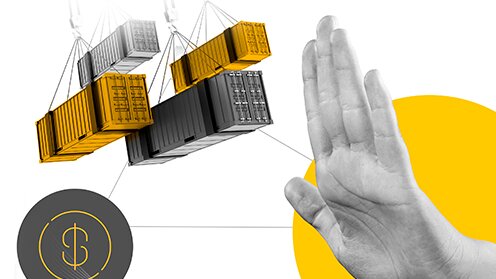AI and machine learning can help shippers use data analytics to automate pricing and tendering decisions in the often volatile spot freight market.
The freight market is a fickle place, and even the best-laid plans can fall apart with a turn of the market. 2020 and 2021 have been prime examples of the fiscal havoc volatility can cause. Failing routing guides and rising tender rejections have forced shippers to either pay up in the spot market or let freight sit. Left at the mercy of carriers and increasing spot rates, we saw the trickle of overblown budgets in shrinking profit margins and inflated prices for goods.
Even in good times, most shippers avoid the spot market due to its tendency to destroy budgets. They view rigorous contracting as the best way to limit exposure, though in reality, most annual RFPs fail to produce rates that will still be relevant 12-15 months out. Without processes in place to dynamically adapt, navigating the spot market is an inevitability for which all shippers must prepare.
Thankfully, new technologies have evolved to solve this. This article examines the current spot freight market, challenges with annual budgeting models, and how new approaches to spot procurement help protect freight budgets using machine learning and data science.





